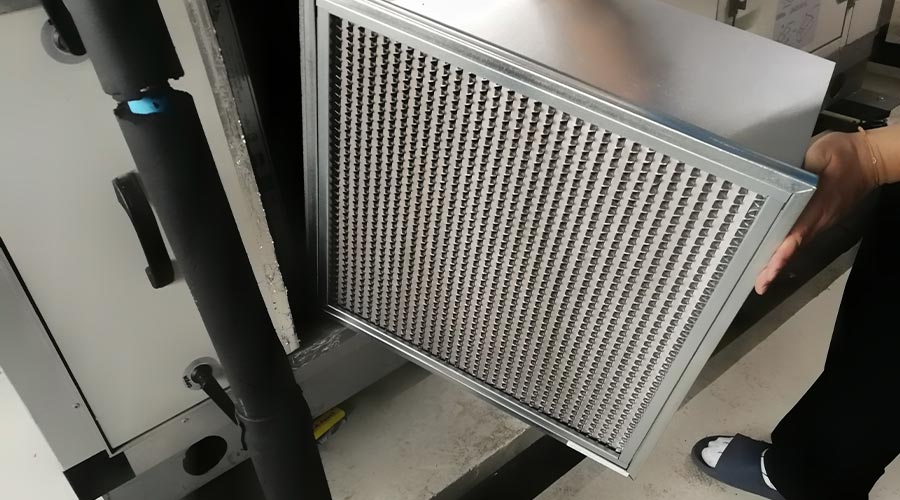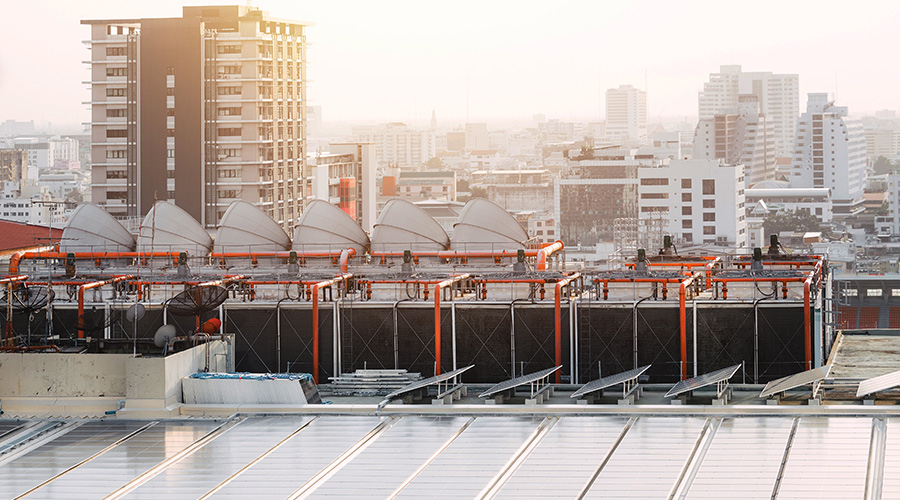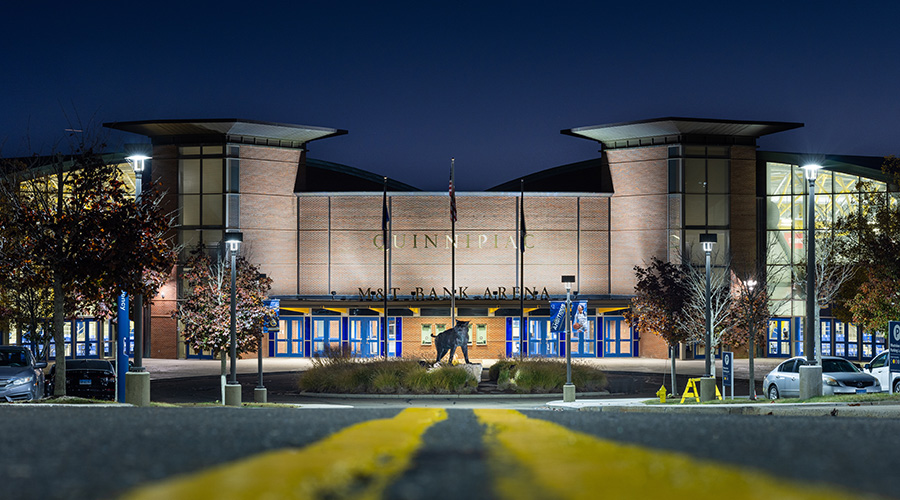Energy Efficiency: Beyond Chiller Replacement
The chiller-replacement project in UTEP's Central Energy Plant went beyond replacing the chillers.
"It also included an extension of the thermal lines," McNicol says. "As we're growing, particularly with this new chemistry and computer science building, the lines that were going in that direction weren't quite as robust as we wanted them to be. So now we have new chilled-water and hot-water lines that went from the central energy plant toward that building."
The project also addressed flow problems the campus was experiencing.
"The flow (problem) had to do with the fact that we expanded the North Plant," McNicol says. "Initially, it was an auxiliary plant and wasn't connected to the campus. When we built the thermal-storage tank, part of the project was connecting that system to the rest of the loop so it became one.
"We did have some issues in the Central Energy Plant with the way the water flowed through the plant. It was as simple as some of the turns were in the wrong direction. So we cleaned all that up with this project."
The project has given the campus the capacity it needs to meet the university's expanding needs.
"We have a total capacity of over 8,000" tons, says Dale Mankin, the university's central plant supervisor. "We're running between 6,000 and 7,000 tons, depending on the time of day. Right now, I'm running the two chillers at the Central Plant on and off."
Perhaps most importantly, the units are providing the cooling with much greater energy efficiency than the previous chillers, McNicol says: "The efficiency of the new chillers was almost twice that of the old chillers."
Related Topics:













